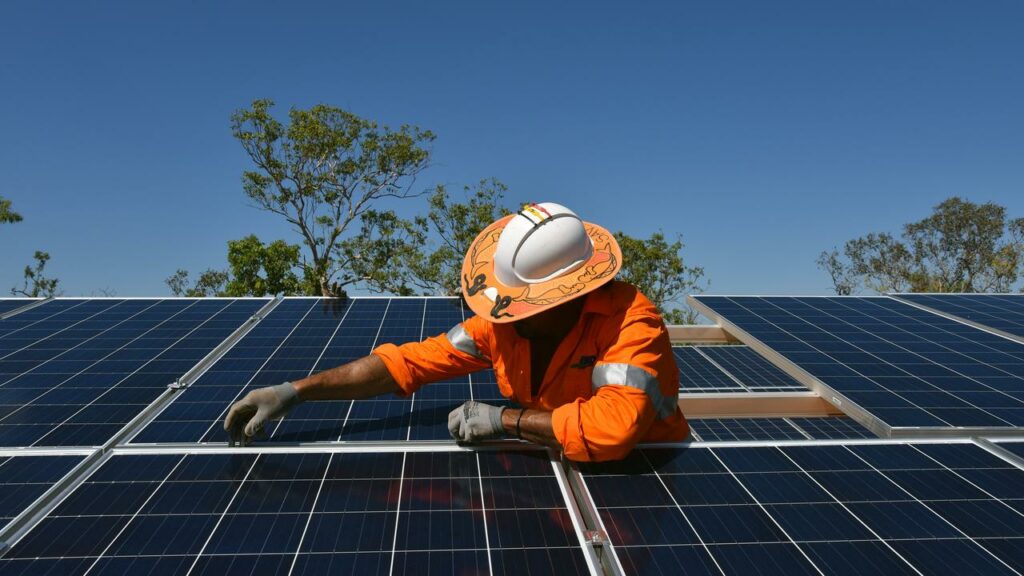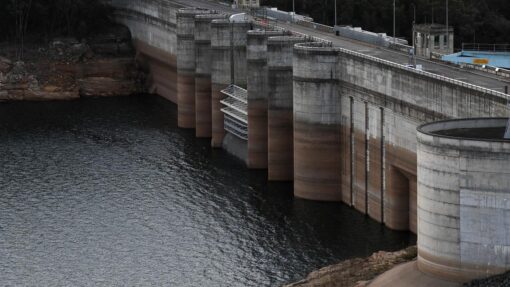Jobs market still strong but signs it’s cooling off
Poppy Johnston |

The number of unemployed rose slightly in the latest jobs data, likely diluting the case for further interest rate hike next month.
The jobless rate rose to 3.7 per cent from 3.5 per cent last month, ticking up against expectations it would hold firm.
About 4300 jobs disappeared from the economy, latest Australian Bureau of Statistics data shows, defying expectations of a 25,000 increase.
The participation rate sunk 0.1 percentage points to 66.7 per cent.
The tight labour market, characterised by too few workers for the available jobs, has been readily absorbing extra workers from higher migration but the April jobs report suggests the market may have reached saturation point.
St George economist Jameson Coombs said the ability to soak up new supply appeared to be waning, with demand for labour softening just as labour supply from overseas workers hit “fifth gear.”
But the solid 2.6 per cent lift in hours worked over the month suggests demand for labour is still strong, with existing employees stepping up to fill the gap.
“This is a potential sign that businesses are shying away from adding headcount given the economic backdrop and are increasing hours instead,” Mr Coombs said.
While the uptick in the unemployment rate does signal job losses, ANZ senior economist Adelaide Timbrell said weakening jobs data would give the central bank leeway to pause in June.
Together with a manageable level of wages growth revealed by the statistics bureau on Wednesday, Ms Timbrell said the RBA was unlikely to feel pressured to hike next month.
“However, the unemployment rate is still sufficiently low and wage growth sufficiently rapid that productivity growth and the labour market continue to be concerns for the RBA.”
The volatility of the monthly jobs report is also worth noting, with economists warning it could swing back strongly next month.
Treasurer Jim Chalmers said rising unemployment was a consequence of higher interest rates and global uncertainty.
“We’ve expected the unemployment rate to tick up a little bit as it has today but it’s still remarkably low given what’s coming at us from around the world,” he told reporters in Perth.
Shadow treasurer Angus Taylor said it was concerning people were working longer hours.
“On the one hand, employers are needing their workers to work more because they can’t fill their vacancies, but on the other hand, Australians are having to work more to make ends meet,” he told reporters in Maroochydore.
“And the reason for that is real wages have gone down under Labor.”
Australian Council of Trade Unions secretary Sally McManus said the weakening jobs figures should sound alarm bells for the Reserve Bank.
“Forcing unemployment up through relentless interest rate rises hurts real people and businesses,” Ms McManus said.
“The RBA must stop pushing workers and the economy off a cliff.”
AAP


